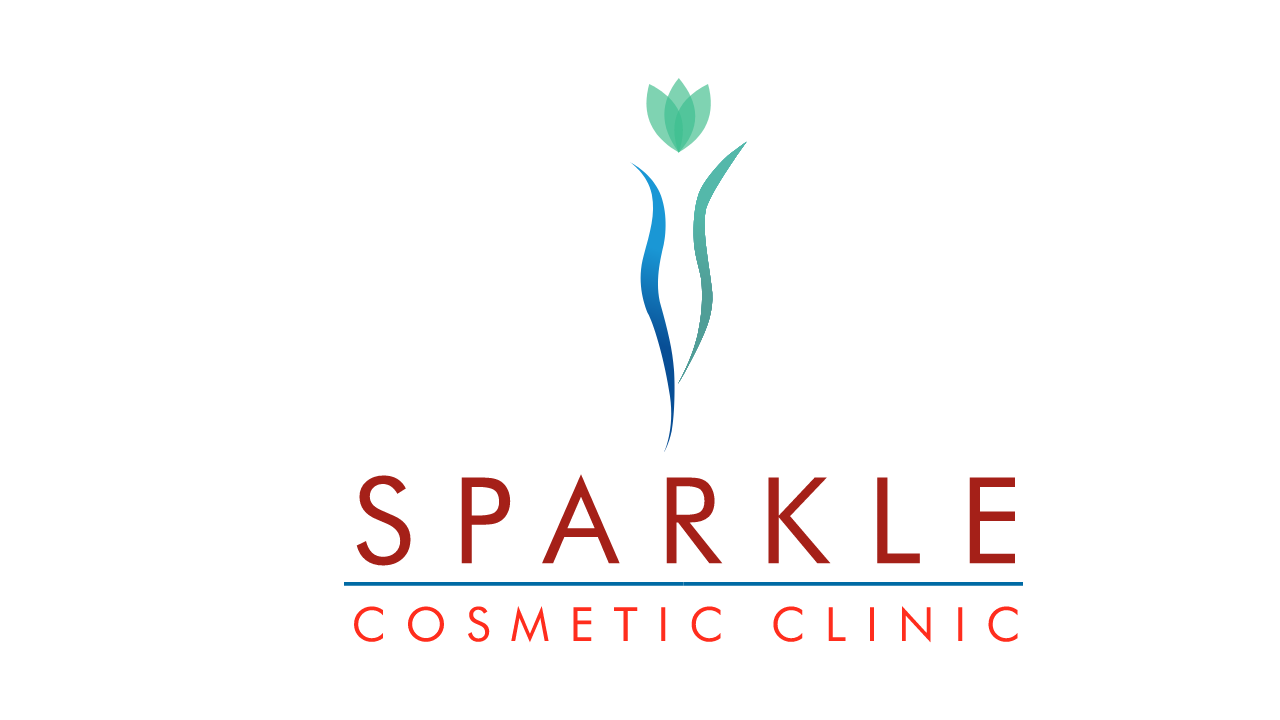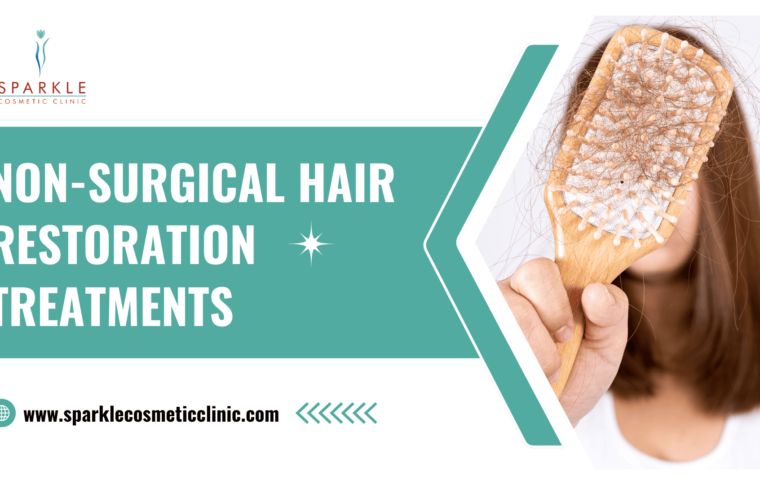What is Female pattern baldness?
Female pattern baldness, a common form of hair loss in women, impacts a significant portion of the female population. By the time women reach 30, approximately 40% experience some degree of hair loss, and by age 60, less than half of women retain a full head of hair.
What are the Causes of Female pattern baldness?
The cause of female pattern baldness isn’t fully clear, but it could be linked to several factors, including:
- Aging
- Fluctuations in androgen levels (hormones that can promote male characteristics)
- Family history of baldness in men or women
- Significant blood loss during menstruation
- Certain medications like estrogen-based birth control pills
- Thyroid issues
- Stress
What are the Symptoms of Female pattern baldness?
Continuous hair loss occurs, with thinning primarily on the top and crown of the head. It typically begins with a widening of the part in the center, resembling the shape of a Christmas tree. The hairline at the front remains mostly unchanged, except for the natural recession that happens to everyone as they age.
Treatment for women
1. Addressing the Root Causes
Hair loss in women can stem from various systemic conditions such as thyroid disorders, anemia, PCOS, psoriasis, and seborrheic dermatitis. Identifying and treating these underlying issues can lead to significant improvements in hair health.
2. Utilizing Topical Treatments
- Ketoconazole Shampoo: Dermatologists often recommend ketoconazole due to its antifungal properties, which not only stimulate hair growth and clear hair follicles but also aid in treating seborrheic dermatitis.
- Minoxidil: This topical medication promotes scalp circulation and speeds up the hair growth cycle, approved for use in women and typically applied twice daily.
- Redensyl: A recent breakthrough in hair loss treatment, it mimics the effects of hair transplantation with promising results.
- Peptides and Procapil: These ingredients can improve hair growth by reducing scalp inflammation, enhancing blood flow to hair follicles, and combating free radicals that contribute to hair loss.
3. Enhancing Nutrition with Supplements
Iron Supplements: Iron deficiency can contribute to hair loss in some women, so supplements may be recommended, especially for those with a history of deficiency or heavy menstrual bleeding.
4. Exploring Laser Therapy
Laser treatments for hair loss involve using devices that emit light into the scalp, such as the excimer laser (308 nm) or low-level laser therapy (LLLT). LLLT, also known as cool beam laser therapy, delivers safe wavelengths and oxygen to the scalp to promote hair growth.
Platelet-Rich Plasma (PRP) Therapy
PRP therapy harnesses growth factors from a person’s own blood, which are then injected into the scalp to stimulate hair follicles. This treatment typically involves multiple sessions over several weeks, with maintenance sessions every few months.
6. Cyclical Therapy Approach
Some studies suggest that combining daily minoxidil use with zinc sulfate, calcium pantothenate, and amino acids on alternate days can yield better results in treating female pattern baldness.
7. Considering Hair Transplantation
Modern hair transplantation techniques, such as Follicular Unit Extraction (FUE) or Follicular Unit Transplantation (FUT), offer advanced options for restoring hair density with minimal scarring.
8. Exploring Newer Therapies like Growth Factor Concentrate (GFC)
GFC utilizes concentrated growth factors from a person’s blood to stimulate hair growth and rejuvenate the skin. This innovative treatment offers promising outcomes for hair loss and facial rejuvenation.
With a wide range of treatment options available, consulting a dermatologist is essential for personalized recommendations tailored to individual needs. At Sparkle Cosmetic Clinic, our team led by Dr. Vikas Kumar – Dermatologist, Cosmetologist & Hair Transplant Surgeon, is dedicated to understanding your concerns and guiding you through every step of your hair loss treatment journey.




